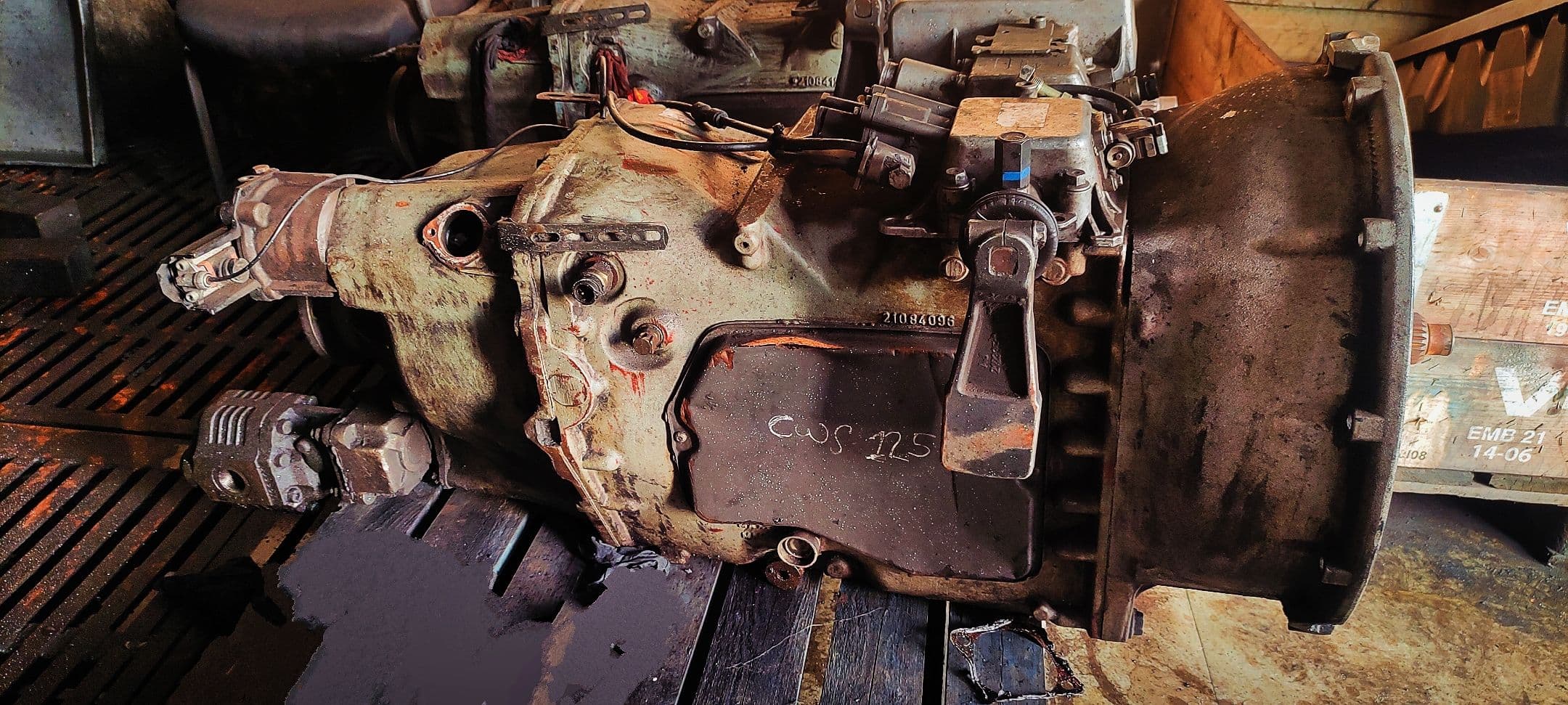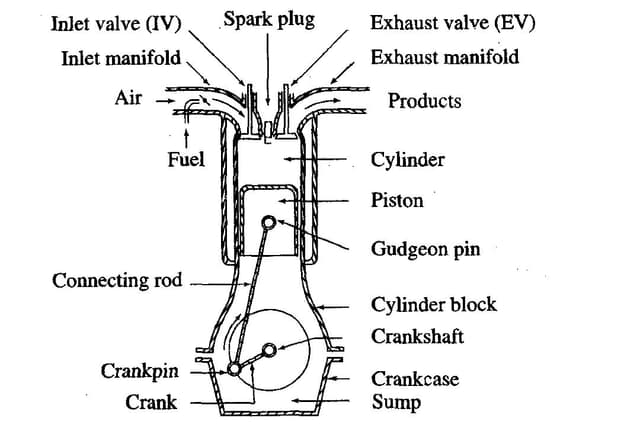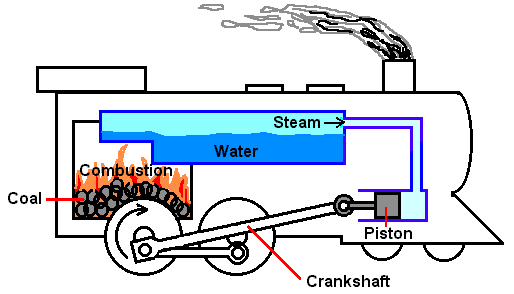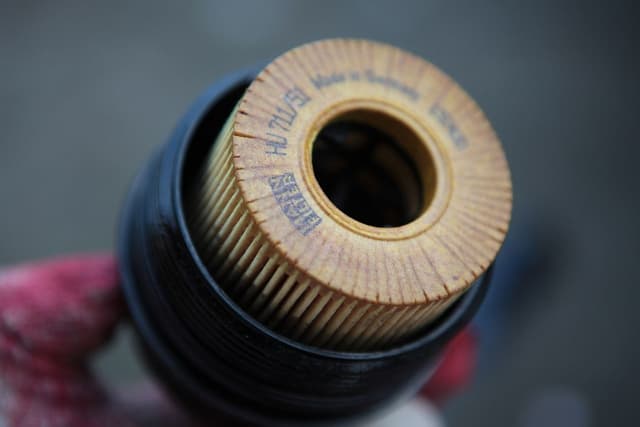Manual Gearbox
Have you ever wondered what really happens when you shift gears in a manual car? The manual gearbox, also known as a manual transmission, plays a most interesting role in your driving adventure.

Bablu Yadav
Posted in Automobile Engineering
.
Introduction
Have you ever wondered what really happens when you shift gears in a manual car? The manual gearbox, also known as a manual transmission, plays a most interesting role in your driving adventure. In this blog post, we'll explore the term manual gearboxes and breaking down their operation in simple and straightforward terms.
What is a Manual Gearbox?
A manual gearbox also called a manual transmission, is an essential component of your vehicle that allows you to manually control the gears of your vehicle. In automatic transmissions, which handle the shifting for you and manual gearboxes put you in the driver's seat, allowing you to decide when and how to change gears.
How Does It Work?
1. Gear Selection:
In a manual gearbox, you personally choose the gears using the gear lever, usually situated between the front seats. When you start your car, it mostly rests in "Neutral" mode, representing that the engine is running, but the car remains stationary, even if you release the clutch pedal.
2. Clutch Operation:
To shift gears, you engage the clutch pedal with your left foot. This short interval of time disengages the engine from the transmission, providing smooth gear changes.
3. Gear Shifting:
While accelerating or releasing the acceleration, you manipulate the gear lever to transition between gears. Lower gears, such as 1st and 2nd, deliver more power and are employed for starting and climbing hills, while higher gears, such as 4th and 5th, enable higher speeds and fuel efficiency.

Advantages of Manual Gearboxes
Control
Manual transmissions provide you with absolute control over gear changes, offering a more engaging and personalized driving experience.
Fuel Efficiency
When driven mindfully, manual transmissions can be more fuel-efficient.
Simplicity
Manual gearboxes comprise fewer intricate components compared to automatic transmissions, potentially leading to lower maintenance costs.
Challenges of Manual Gearboxes
- For beginners, mastering the art of driving a manual car can be a bit challenging, as it necessitates coordination between the clutch and gear lever.
- In heavy traffic, manual cars can be less convenient due to the frequent clutch engagement required.
Conclusion
Manual gearboxes offer a hands-on and real driving experience. They grant you the authority to gear changes, improve the personal touch of every drive. While there might be a learning curve and some difficulties in traffic, many drivers appreciate the sense of connection and control that comes with a manual transmission. So, the next time you're behind the wheel of a manual car, remember that you're the one orchestrating every gear change, making each drive a truly unique adventure.




